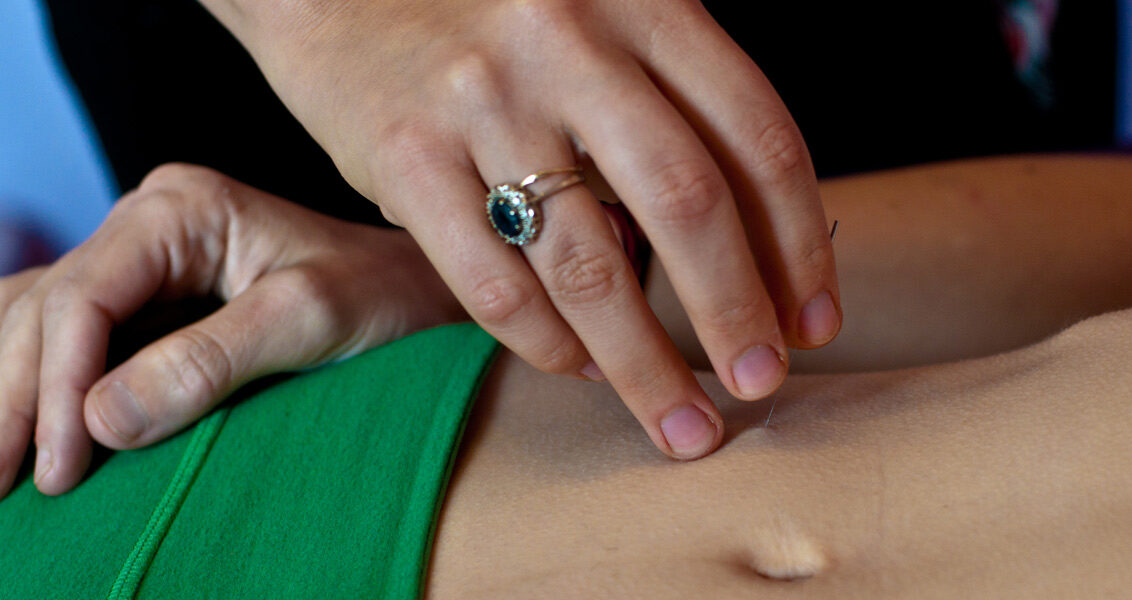
If you suffer from chronic pain, you may benefit from dry needling. But before we get into that, let’s address what everyone is thinking:
What the heck is dry needling?
Licensed physical therapists (PTs) use this technique to help patients achieve long-term pain relief. Basically, the PT inserts a very thin, dry needle through the skin and into the muscle at “trigger points,” which are various locations on the body where muscles are painfully knotted with tension.
How does it work?
Inserting the needle into the tight muscle causes a “twitch response” to occur. As a result, the muscle loosens and lengthens, relieving pain. Depending on the degree of muscle tension and pain—as well as the number of previous treatments you’ve had—you might undergo needling in one small area or in multiple spots over a larger portion of your body.
Unlike the hollow needles used for administering medication—which often cause an obvious pinch of pain upon insertion—dry needling needles are relatively painless. If the muscle is especially tight, you might experience a cramping sensation from the twitch response. However, this should quickly fade, with very few lasting side effects. Following treatment, you might experience soreness or minor skin bruising at the insertion site. Even if these occur, you should stay active. That way, your muscles can continue with the tension release initiated during the dry needling session.
Wait, so is dry needling acupuncture?
Dry needling is not the same as acupuncture; a comparison of these two treatments would fall under the umbrella of the old adage about comparing apples to oranges. While both techniques involve the same type of needle, licensed physical therapists perform dry needling using techniques based on extensive research in modern medicine. Acupuncture, on the other hand, is based on traditional Chinese medicine and the use of meridians.
So, is dry needling for me?
Dry needling can help with a large variety of musculoskeletal issues—from headaches, to chronic or acute pain, to plantar fasciitis. Considered an effective means of accelerating rehabilitation, dry needling can help physical therapists reach and release deep muscle tension that might be difficult to release otherwise. The key point is the previous sentence is “physical therapist,” meaning if you’d like to take experience the benefits associated with this technique, then you need to #GetPT. Use the search to find a therapist in your area, then filter by dry needling services.
Have you received dry needling therapy? Share your experiences by commenting below. Got a dry needling Q pricking your brain? Ask away in the comments, too. I’m here to help.


